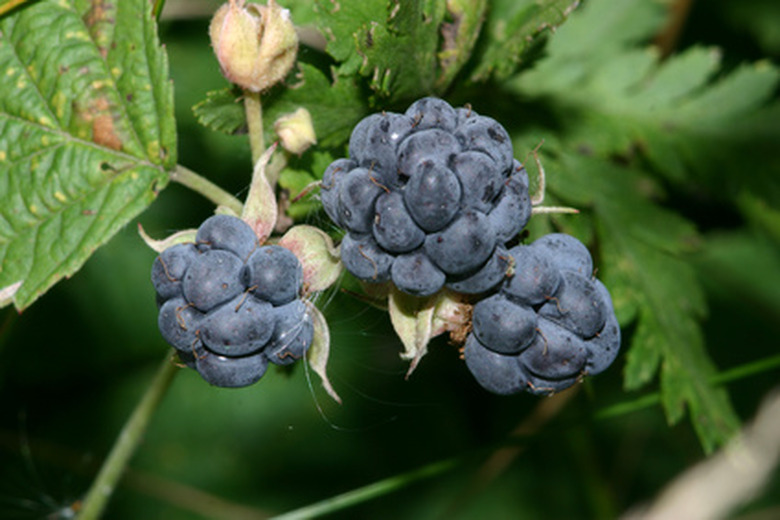Orange Fungus On A Plant
If you see an orange fungus on your plants, a fungal infection called orange rust is present. This orange-hued fungus looks for particular host plants. Identify affected plants as well as other symptoms, damage and control methods for successful growth of your plants.
Fungal Pathogens
Orange rust is caused by two particular fungal pathogens. These disease-causing fungi are called Arthuriomyces peckianus and Gymnoconia nitens. These diseases infect brambles including all types of erect and trailing blackberries as well as purple and black raspberries; however, red raspberries are immune to orange fungus. Once the fungi invade a plant, they remain there indefinitely without option for removal.
- If you see an orange fungus on your plants, a fungal infection called orange rust is present.
- These diseases infect brambles including all types of erect and trailing blackberries as well as purple and black raspberries; however, red raspberries are immune to orange fungus.
Life Cycle
At the end of March through the beginning of June, fungi are spread sporadically from infected plants to healthy plants. Transferred on the wind or due to rainfall, fungi choose established plant leaves as sites for infection. For successful germination, fungi prefer high moisture with cool temperatures from 43 to 72 degrees F. Germinated spores enter the leaf and within 40 days spread to buds and new shoot growth and eventually into the roots and the crown of the plant.
Symptoms and Damage
Plants infected with orange rust display symptoms during the spring season including weak shoots, malformed leaves and the presence of blistered wax-like areas on the undersides of leaves that become a vivid orange color. The texture of the blisters changes from waxy to powdery. Diseased leaves drop from the plant and even if new growth appears healthy, fruit production will likely cease. This orange fungus rarely kills brambles, but along with interrupted fruit development, infection also causes stunted growth.
- At the end of March through the beginning of June, fungi are spread sporadically from infected plants to healthy plants.
- Transferred on the wind or due to rainfall, fungi choose established plant leaves as sites for infection.
Natural Control
For natural control without use of chemicals, plant healthy brambles in areas cleared of wild varieties that may already contain infection. Prune brambles after harvest for healthy growth and resistance to disease. If your brambles become infected, remove them the moment you notice a problem; thorough removal before blister formation prevents sporadic spreading of orange fungus, according to the Ohio State University Extension. Always sterilize pruning tools between each cut to prevent disease spread.
Chemical Control
Fungicides are not effective when used alone by the home gardener. However, fungicides are effective in treating orange rust when combined with natural management techniques. Apply azoxystrobin or pyraclostrobin every 10 days to two weeks from April through June. Apply these fungicides again from September through the middle of October, according to the Kentucky Cooperative Extension Service. For professional help with treatment, contact your local extension agent for a chemical control program and for professional application in your garden.
- For natural control without use of chemicals, plant healthy brambles in areas cleared of wild varieties that may already contain infection.
- If your brambles become infected, remove them the moment you notice a problem; thorough removal before blister formation prevents sporadic spreading of orange fungus, according to the Ohio State University Extension.
